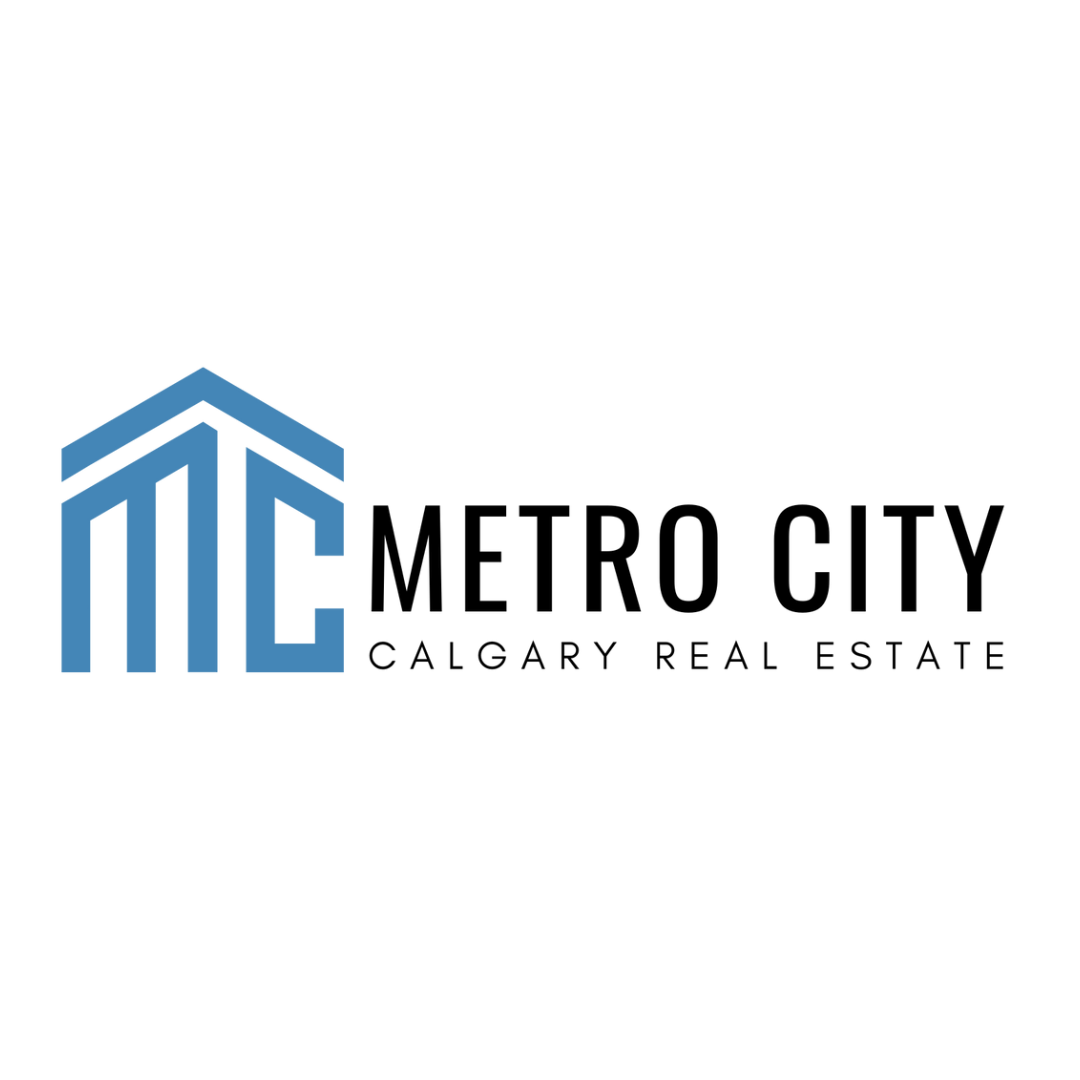The Best Home Renovations for Increasing Property Value in Calgary
When it comes to increasing your home's value in Calgary's competitive real estate market, not all renovations offer the same return on investment (ROI). Strategic upgrades can boost your home's appeal to potential buyers and significantly increase your sale price. Here are the top home improvement projects that deliver the best ROI in Calgary:
1. Kitchen Renovations
A modern, functional kitchen is one of the biggest selling points for homebuyers. Investing in a kitchen renovation can yield a substantial return, especially if you focus on both aesthetics and practicality.
High-ROI Kitchen Upgrades:
- Cabinet Refacing or Repainting: Refreshes the look without the cost of full replacement.
- Stone Countertops: Quartz or granite adds a luxurious feel and is highly durable.
- Energy-Efficient Appliances: Modern appliances appeal to eco-conscious buyers and reduce utility bills.
- Updated Fixtures: Stylish faucets, sinks, and cabinet hardware provide an easy, cost-effective refresh.
Average ROI in Calgary: 75% - 100% depending on the scope and quality of the renovation.
2. Bathroom Remodels
Bathrooms are another key area where upgrades can add significant value. Buyers are looking for clean, updated spaces that feel like a spa retreat.
High-ROI Bathroom Upgrades:
- Walk-In Showers: Frameless glass showers with quality tiling are highly desirable.
- Vanity and Countertops: Upgrading to a double vanity or stone counters enhances functionality and aesthetics.
- Modern Lighting: LED mirrors and updated light fixtures add a contemporary touch.
- Flooring: Heated floors in bathrooms are a luxurious upgrade that performs well in Calgary's colder climate.
Average ROI in Calgary: 70% - 90% depending on materials and features added.
3. Basement Development
In Calgary, where homes often feature unfinished basements, converting this space into livable square footage is a valuable investment. Finished basements can serve as extra living areas, rental suites, or entertainment spaces.
High-ROI Basement Upgrades:
- Legal Secondary Suites: Adding a legal rental suite can provide passive income and increase property value.
- Home Office or Gym: In the post-pandemic era, home offices and fitness spaces are highly desirable.
- Entertainment Areas: Home theaters or recreation rooms add lifestyle value for families.
Average ROI in Calgary: 70% - 90%, with legal suites offering the highest return.
4. Curb Appeal Enhancements
First impressions matter. Enhancing your home's exterior can attract buyers before they even step inside.
High-ROI Curb Appeal Upgrades:
- Landscaping: Low-maintenance gardens and well-maintained lawns increase attractiveness.
- Exterior Painting: A fresh coat of paint on siding, trim, and doors boosts curb appeal.
- Entry Door Replacement: Modern, energy-efficient doors improve security and aesthetics.
- Outdoor Lighting: Pathway and accent lighting enhance safety and evening curb appeal.
Average ROI in Calgary: 50% - 80%, with landscaping and door replacements yielding the best returns.
5. Energy Efficiency Improvements
As energy costs rise, buyers are increasingly drawn to homes with sustainable features that lower utility bills.
High-ROI Energy Upgrades:
- Windows and Doors: Replacing old windows with energy-efficient models improves insulation.
- Insulation Upgrades: Proper attic and wall insulation reduces energy loss.
- Smart Home Features: Thermostats, lighting, and security systems offer convenience and savings.
Average ROI in Calgary: 60% - 90%, with energy-efficient windows providing the best returns.
6. Flooring Upgrades
New flooring can transform the look and feel of your home while providing practical benefits like durability and easy maintenance.
High-ROI Flooring Options:
- Hardwood Flooring: Timeless and durable, especially in main living areas.
- Luxury Vinyl Plank (LVP): Affordable, stylish, and water-resistant, ideal for basements and kitchens.
- Tile: High-end tile in bathrooms and entryways adds sophistication.
Average ROI in Calgary: 70% - 80%, with hardwood offering the highest return.
Final Thoughts
When planning renovations to increase your Calgary home's value, focus on projects that combine aesthetic appeal with practical improvements. Consider the needs of local buyers, and prioritize upgrades that offer the highest ROI. By making smart investments, you can enhance your property's marketability and maximize your return when it comes time to sell.











